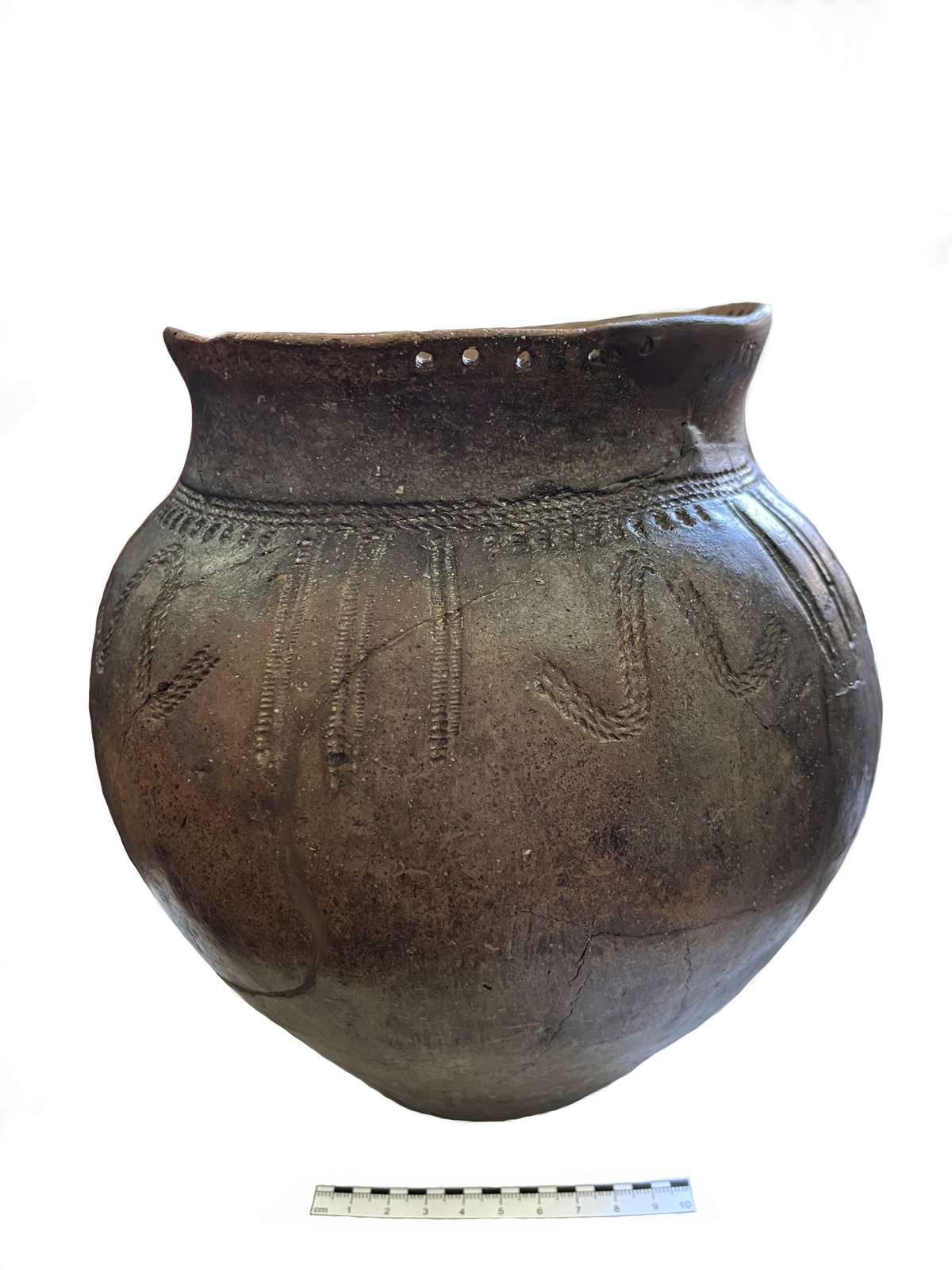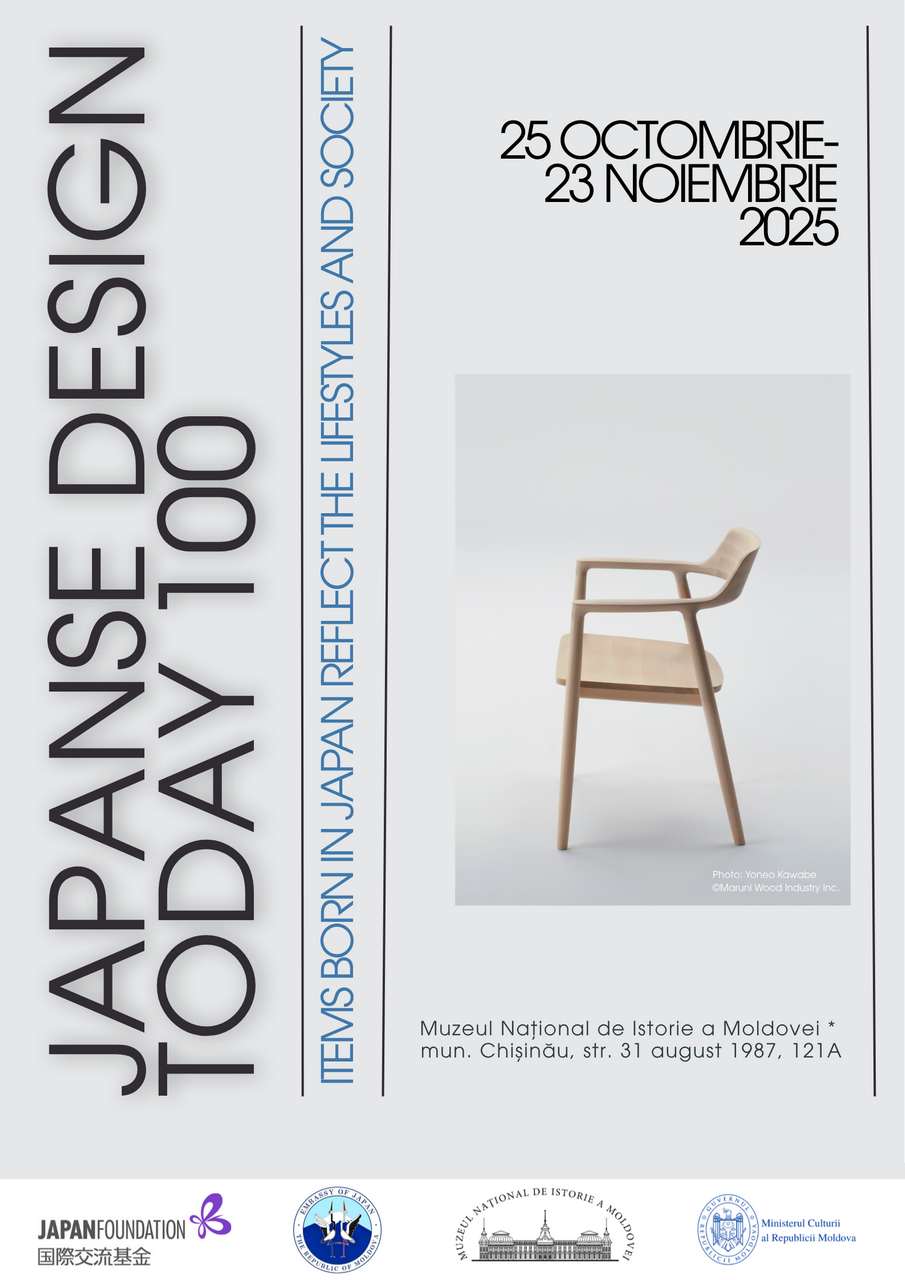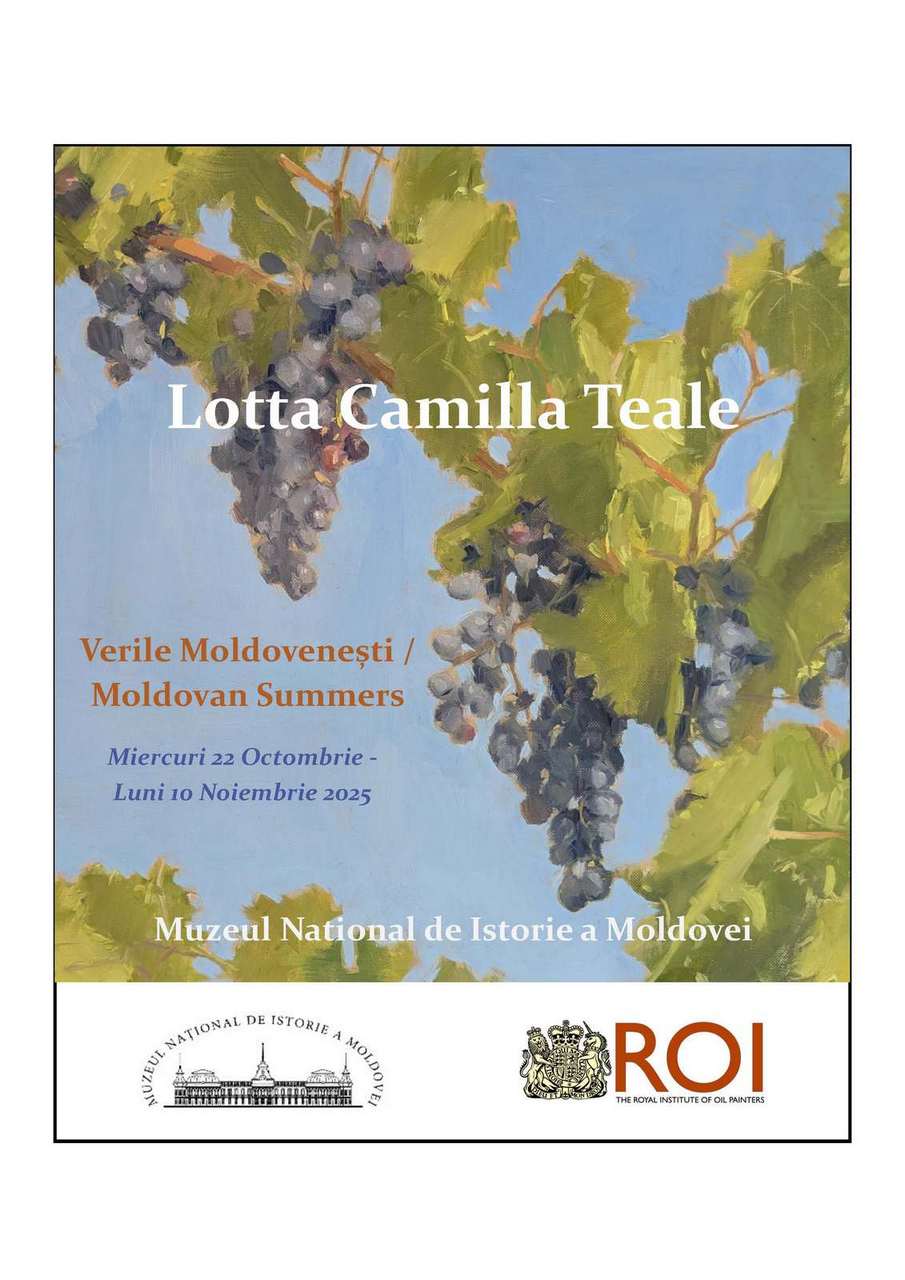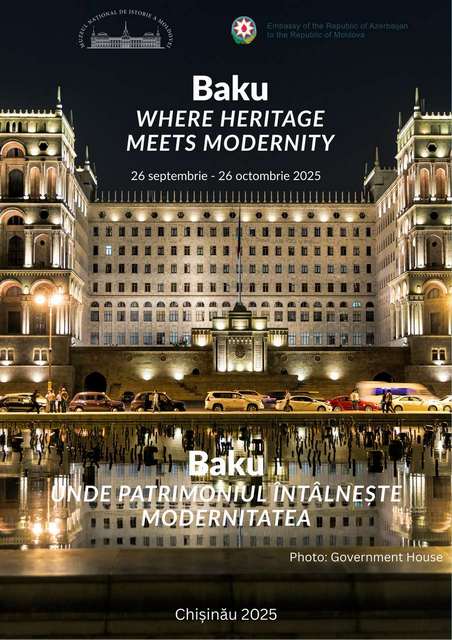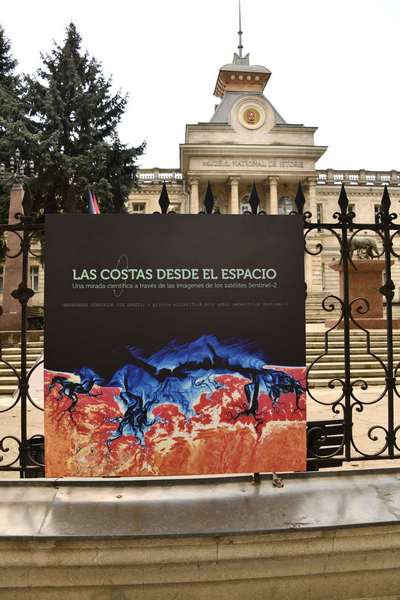  Events Archive Events Archive
The "European Excursion" Program
July 1 – August 18, 2024
The National Museum of History of Moldova announces the completion of the educational program "European Trip", which took place between July 1 and August 18, 2024. This program was intended for students aged between 10 and 14 years old from all regions of the Republic of Moldova and aimed to promote knowledge of the country's historical and cultural heritage. Over the course of seven weeks, groups of approximately 70 students visited the National Museum of History of Moldova daily, where they became familiar with permanent and temporary exhibitions that reflect the historical evolution of the national territory. During these visits, students had the opportunity to study archaeological artifacts, historical documents, and heritage objects that illustrate various stages of the country's history. The program included daily visits, from Monday to Friday, to the National Museum of History of Moldova, the National Museum of Ethnography and Natural History, the Presidency of the Republic of Moldova, and the Parliament of the Republic of Moldova. Each day concluded with a film screening at a cinema in the capital, offering a balanced and recreational educational experience. The National Museum of History of Moldova played a central role in the program, serving as a key element in presenting the historical heritage of the country. Visits to the National Museum of History of Moldova allowed students to become acquainted with their country's history, understand the cultural and social context in which major events unfolded, and appreciate the importance of historical heritage. The museum also offered interactive and educational exhibitions that facilitated learning in an engaging and accessible manner. The primary objective of the "European Excursion" program was to strengthen students' historical and cultural knowledge, promote national and European values, and encourage the intellectual and cultural development of young participants. The organization of the program was achieved through collaboration between educational institutions and the cultural and governmental institutions involved, ensuring a secure and educational environment for all participants. The National Museum of History of Moldova expresses its gratitude to all partners and participants in this program and reaffirms its commitment to continuing the promotion of education through the understanding of national history and culture.
|
 31 August 1989 St., 121 A, MD 2012, Chisinau, Republic of Moldova
31 August 1989 St., 121 A, MD 2012, Chisinau, Republic of Moldova



